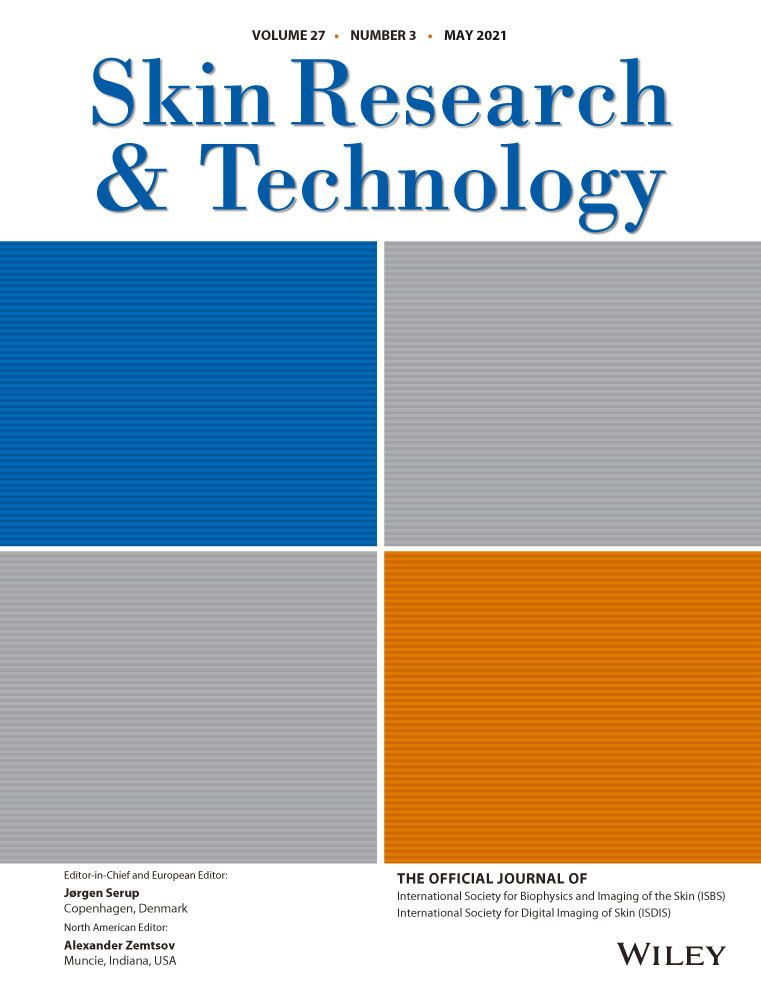Using laser Doppler flowmetry with wavelet analysis to study skin blood flow regulations after cupping therapy
Xiao Hou and Xiangfeng He contributed equally.
Abstract
Background
The purpose of this study was to use laser Doppler flowmetry (LDF) with wavelet analysis to investigate skin blood flow control mechanisms in response to various intensities of cupping therapy. To the best of our knowledge, this is the first study to assess skin blood flow control mechanism in response to cupping therapy using wavelet analysis of laser Doppler blood flow oscillations.
Materials and Methods
Twelve healthy participants were recruited for this repeated-measures study. Three different intensities of cupping therapy were applied using 3 cup sizes at 35, 40, and 45 mm (in diameter) with 300 mm Hg negative pressure for 5 minutes. LDF was used to measure skin blood flow (SBF) on the triceps before and after cupping therapy. Wavelet analysis was used to analyze the blood flow oscillations (BFO) to assess blood flow control mechanisms.
Results
The wavelet amplitudes of metabolic and cardiac controls after cupping therapy were higher than those before cupping therapy. For the metabolic control, the 45-mm cupping protocol (1.65 ± 0.09) was significantly higher than the 40-mm cupping protocol (1.40 ± 0.10, P < .05) and the 35-mm cupping protocol (1.35 ± 0.12, P < .05). No differences were showed in the cardiac control among the 35-mm (1.61 ± 0.20), 40-mm (1.64 ± 0.24), and 45-mm (1.27 ± 0.25) cupping protocols.
Conclusion
The metabolic and cardiac controls significantly contributed to the increase in SBF after cupping therapy. Different intensities of cupping therapy caused different responses within the metabolic control and not the cardiac control.
CONFLICT OF INTEREST
The authors declare no conflicts of interest.




